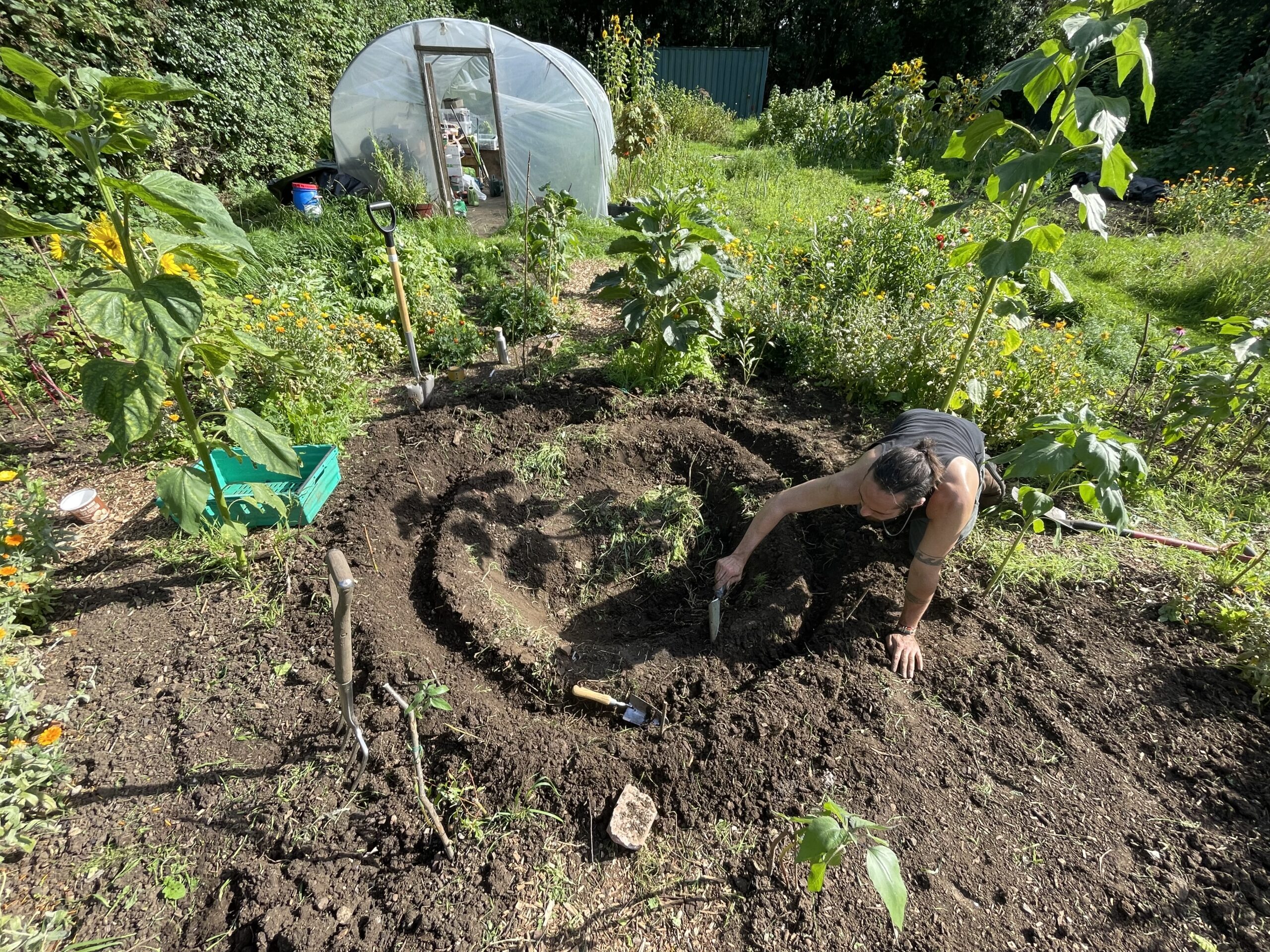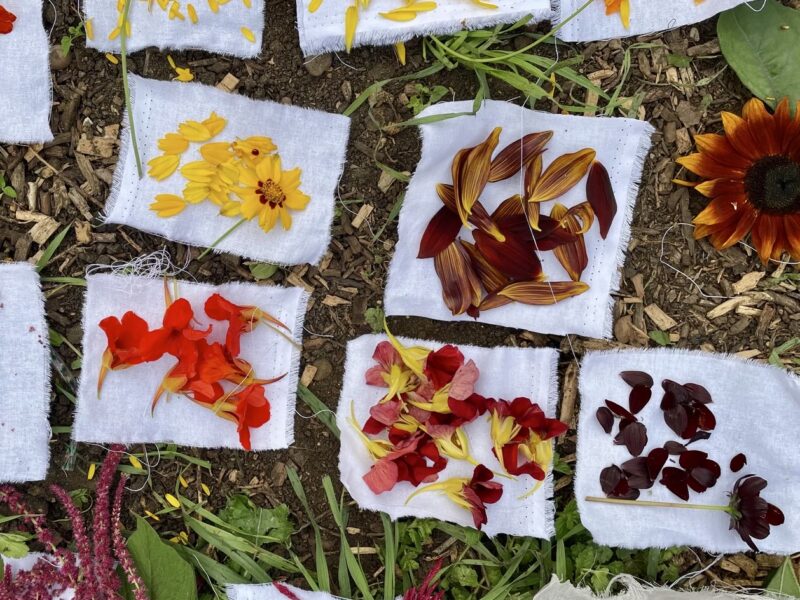Journal — October 2023


In this Journal post Rosie and Patrick outline what brought them to the plot, the background to the project and describe what’s special about their collaboration? And kick things off with an epigram from Cassie Thornton.
“The result of most art exhibitions is …that everyone gets sick! Especially me and the curator. In this way, I feel like most art exhibitions take away more than they give to everyone who works on them. It’s such a big build up, with hours and hours of preparation, tons of money and focus. Only a few people will see most exhibitions, and even fewer will feel anything. And all this is still happening, at a huge scale, while the world is burning.
I find it incredibly cute to watch how humans cannot remain healthy living inside contradictions. Not that health is really something we can access in our world today. Is it possible to make an exhibition that isn’t a contradiction? Is it possible to make an exhibition that produces more health than it destroys?”
– Cassie Thornton, MYTHICAL CELESTIAL BODIES: WHITE HOLE
Rosie met Sam (founder of Fig Studio) after relocating from London to Oxford during the pandemic, whilst seeking out local networks of practitioners concerned with collaboration, care, nature and DIY ethics, and we – Patrick and Rosie – are old friends.
Patrick works in therapeutic horticulture, and has a background of making sculptural and textile works in autonomous and community arts spaces. He makes nature-based artworks as part of a devotional practice supporting health and wellbeing, and provides creative sharing workshops both professionally and informally.
Rosie previously worked in fashion, and had a small business making couture beadwoven lingerie and costume. She was also a co-founder of the East London Strippers Collective and participant in their political and creative activities. Fashion industry norms such as manufactured urgency and overwork contributed to her episodic burnouts, and she is now in a process of building a more sustainable relationship with her practice.
We share a keen interest in the politics of mental health, having both encountered the need for more circular, non-stigmatising approaches to care and recovery. We also share concerns about the tradition of individualism and extractivism surrounding the figure of “the artist” and how this often undermines the collaborative, liberatory, healing potential of creativity. Like many other practitioners working today we are very much over the art world’s habit of capitalising on the optics of dissonance and vulnerability whilst failing to meaningfully challenge the structures that produce alienation and the necessity for dissent. Like others, we are seeking something more active, more remedial.
This project has been a step for both of us towards dreaming how our own creative undertakings could support resilience and renewal. Plants grow at their own pace, and the work itself has been quite slow, sort of chipping away. Apart from the movement of the seasons and a desire to deliver some material experiments in the form of onsite community workshops, we’ve deliberately kept things structurally loose with no hard deadlines.
The materials for the project were funded by Rosie’s DYCP grant, but otherwise it’s been as simple as sharing an allotment with a friend. We’ve both just showed up between jobs and at weekends when we can. It felt important to get into a rhythm that could sit in alongside all our lives in a nourishing way, rather than the short-term hijack that more outcome based work can feel like. This means we’ve been in a position to be responsive to the rhythms of our health, and we have both had periods of being sometimes more, sometimes less active on the plot. The slowness and the overarching trust that everyone’s doing what they can, when they can, has been really generative. Our friends at Turning Point Recovery Group and The Porch have also been supportive, chipping in with bits of watering and digging here and there, which we’ve reciprocated in various ways. It’s been an exercise in trust building, elasticity and intentional slowing down.
With Sam we’re discussing future ways of working that aren’t necessarily just funding dependent, perhaps based on different forms of value exchange eg. time. Around us we are noticing more creative endeavours taking these forms of attentive, collaborative practice. There is a burgeoning movement reinstating the relationship between art and life, liberating creativity from the gallery space. It’s exciting to witness spaces and practitioners self-organising to experiment with ways of doing things differently. It feels like hope at a time when hope isn’t always easy.



